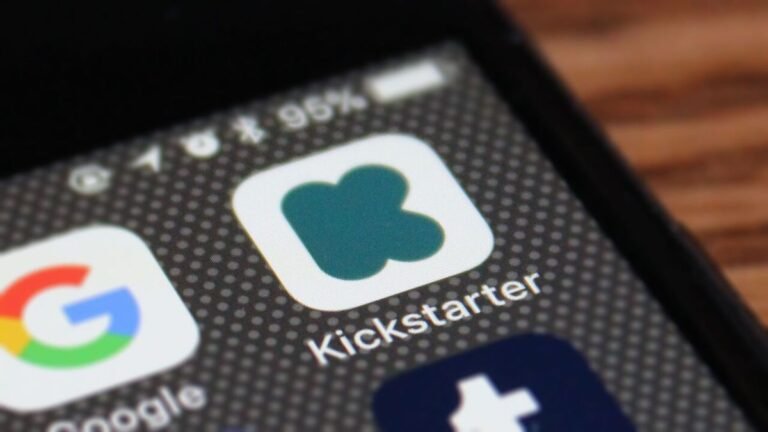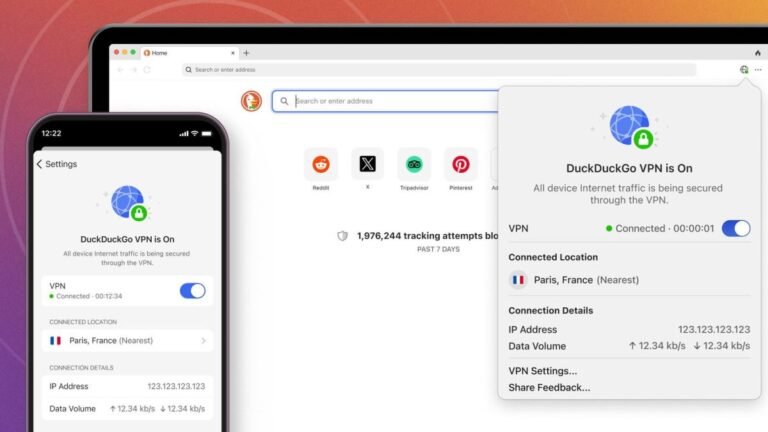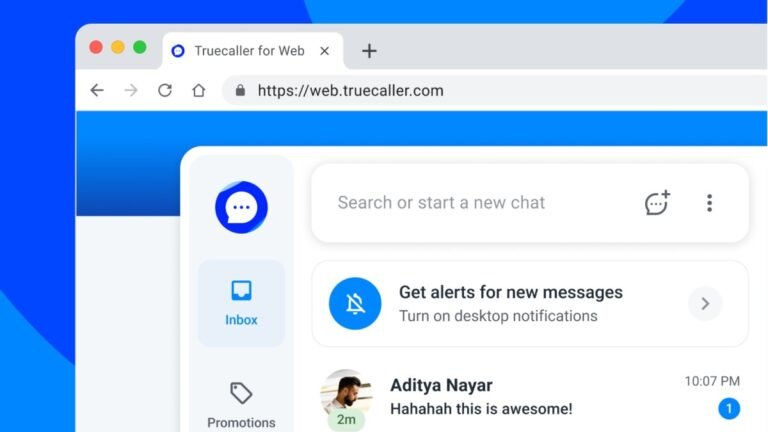
With LakeFlow, Databricks users will soon be able to build their data pipelines and ingest data from databases like MySQL, Postgres, SQL Server and Oracle, as well as enterprise applications like Salesforce, Dynamics, Sharepoint, Workday, NetSuite and Google Analytics.
In a way, getting data into a data warehouse or data lake should indeed be table stakes because the real value creation happens down the line.
The first is LakeFlow Connect, which provides the connectors between the different data sources and the Databricks service.
It’s fully integrated with Databricks’ Unity Data Catalog data governance solution and relies in part of technology from Arcion.
Databricks is rolling out the LakeFlow service in phases.

But to reuse, you have to recover, and SpaceX is proving that it will be able to do just that with Starship.
The ultimate goal is to fly Super Heavy and the Starship upper stage back to Starbase, SpaceX’s private Starship launch and development site in southeast Texas, where they’d make vertical landings on solid ground.
Starship lifted off from Starbase at 8:50 AM CT, the fourth launch in the rocket test campaign.
A little over an hour after launch, Starship followed suit, surviving the extreme heat from traveling through the Earth’s atmosphere at hypersonic speeds and splashing down in the Indian Ocean.
During that test, SpaceX also tested capabilities that will be key for delivering payload to space, including opening and closing the payload door.

French AI startup Mistral is introducing new AI model customization options, including paid plans, to let developers and enterprises fine-tune its generative models for particular use cases.
Mistral has released a software development kit (SDK), Mistral-Finetune, for fine-tuning its models on workstations, servers and small datacenter nodes.
For developers and companies that prefer a more managed solution, there’s Mistral’s newly launched fine-tuning services available through the company’s API.
Compatible with two of Mistral’s models for now, Mistral Small and the aforementioned Mistral 7B, Mistral says that the fine-tuning services will gain support for more of its models in the coming weeks.
Lastly, Mistral is debuting custom training services, currently only available to select customers, to fine-tune any Mistral model for an organization’s apps using their data.

Once a Kickstarter campaign is complete, you need to turn to a creator’s own page to pre-order the products — that is, until now.
Which, of course, it will do for Late Pledges as well.
A spokesperson for Kickstarter assures us that Late Pledges is seamlessly integrated within the Kickstarter platform, ensuring a smooth and efficient experience for all users.
That makes Late Pledges an excellent way to leverage the momentum from successful campaigns.
Despite potential challenges, Late Pledges offers substantial benefits to Kickstarter creators.

Moonlight is a free online tarot platform, where you can draw tarot cards on your own, do a reading in a multiplayer room or even book a session with a vetted tarot professional (that’s where the SaaS part comes in).
It was at one of these lessons that Baskin first imagined what an online tarot platform could look like.
As she was building out the idea for Moonlight, Baskin teamed up with Caroline Hermans, a game designer and former UX engineer at Google.
“I was worried that investors might think I’m a prankster — will that hurt me in actually making a business?
We’re all using technology, and I think they’re excited that someone’s making a platform who’s a tarot person, too.”

Live Folders comes as the company also builds out more AI-powered features to create more dynamic and automated user experiences.
The company is launching Live Folders initially with GitHub pull request support.
When a user creates a GitHub pull request, Arc automatically creates a Live Folder in the sidebar.
When it asked users about support for types of systems for the Live Folders feature, GitHub was the top requested service.
It added that the tech behind Live Folders is flexible, so it could also adopt things like updates from RSS feeds.

Privacy-focused consumer tech company DuckDuckGo launched a new Privacy Pro subscription on Thursday that bundles a VPN service, personal information removal, and identity theft restoration.
This is the company’s first move towards a subscription service built into the DuckDuckGo browser.
With personal information removal service, DuckDuckGo scans dozens of data broker sites to find details like your name and address.
(At that time, Removaly’s founder, Kyle Krzeski, posted on X that a privacy company acquired the startup without naming it.)
The third feature of DuckDuckGo’s privacy pro plan is identity theft restoration, where an advisor would help you recover your identity-related loss around the clock.

Initially, the web version, called Truecaller for Web, will only be made available to Android users in India, the company said, but it plans to roll out the support in other territories in the future.
All Truecaller for Android users in India can now link their devices to the web client on a PC or a Mac through a QR code.
This is akin to linking the web version of a messenger like WhatsApp or Telegram.
Now users will be able to look up numbers without any such limitations on the web client, the company said.
Last month, it launched a “Max” feature update for Android users to block all calls from unapproved contacts or spam detected by AI.

The right to repair has been a hot topic for several years now, hitting a kind of critical mass with domestic and international legislation.
Advocates note that these proposals give users more control over their own property, while expanding products’ shelf life and reducing e-waste.
Fairphone is, perhaps, the most prominent hardware company to make repairability the foundation of its consumer electronic design ethos, rather than a simple afterthought.
In the consumer electronics world, right to repair has largely focused on handsets and PCs.
But anything that can help reduce e-waste and give users more control over these products is probably a net positive.

YouTube announced on Tuesday that it’s launching new Shopping features that allow creators to curate shoppable collections, better plan their shoppable videos, quickly monetize older videos and more.
The launch of the new features come as TikTok Shop is seeking to take on YouTube Shopping and other competitors in the space.
TikTok is reportedly aiming to grow the size of its TikTok Shop U.S. business tenfold to as much as $17.5 billion this year.
YouTube is launching “Shopping Collections” to allow creators to curate products from their favorite brands for users to browse through.
By allowing users to connect their Fourthwall shop, YouTube is making it easier for users to create and manage their content directly in YouTube Studio.












